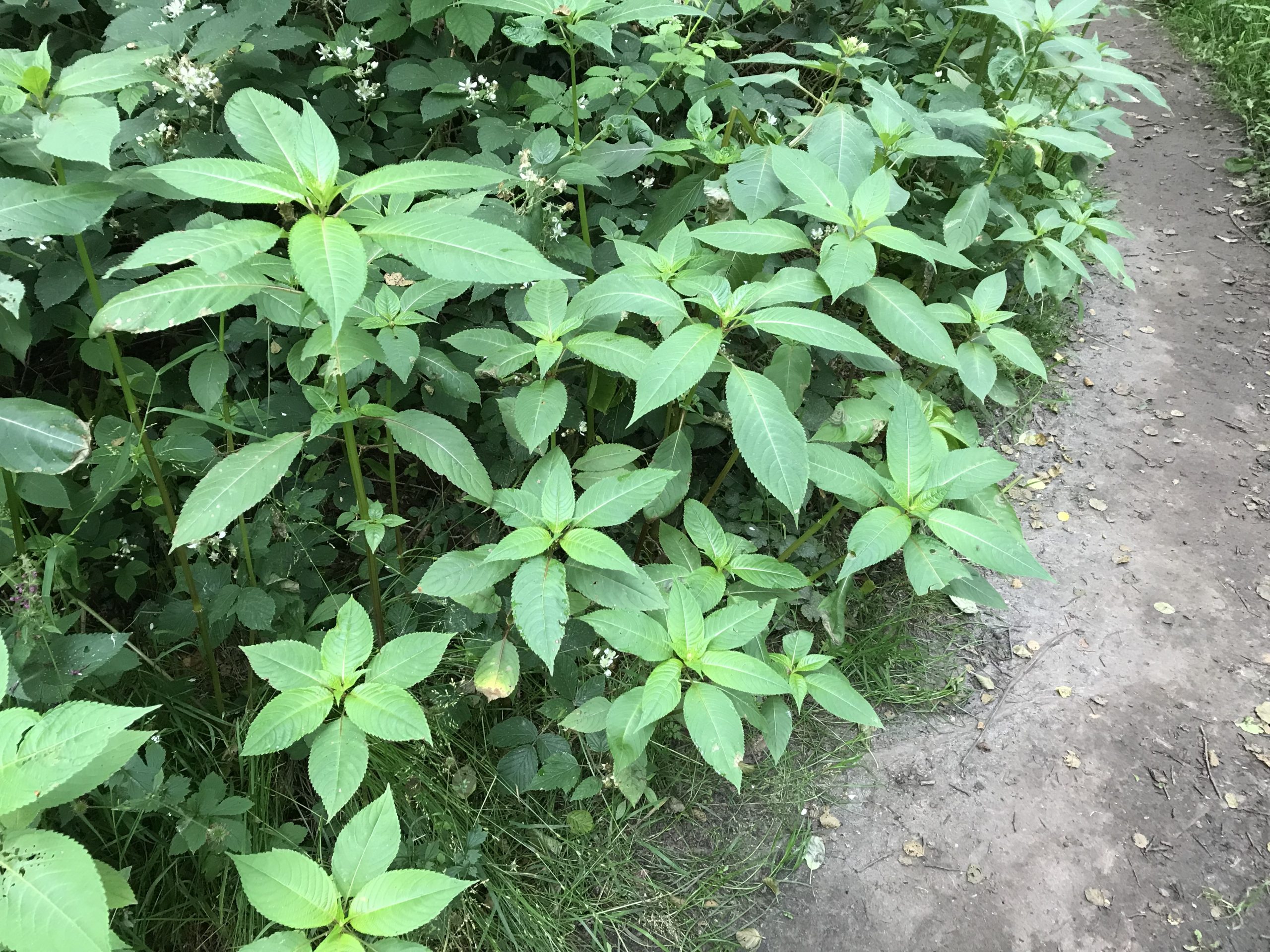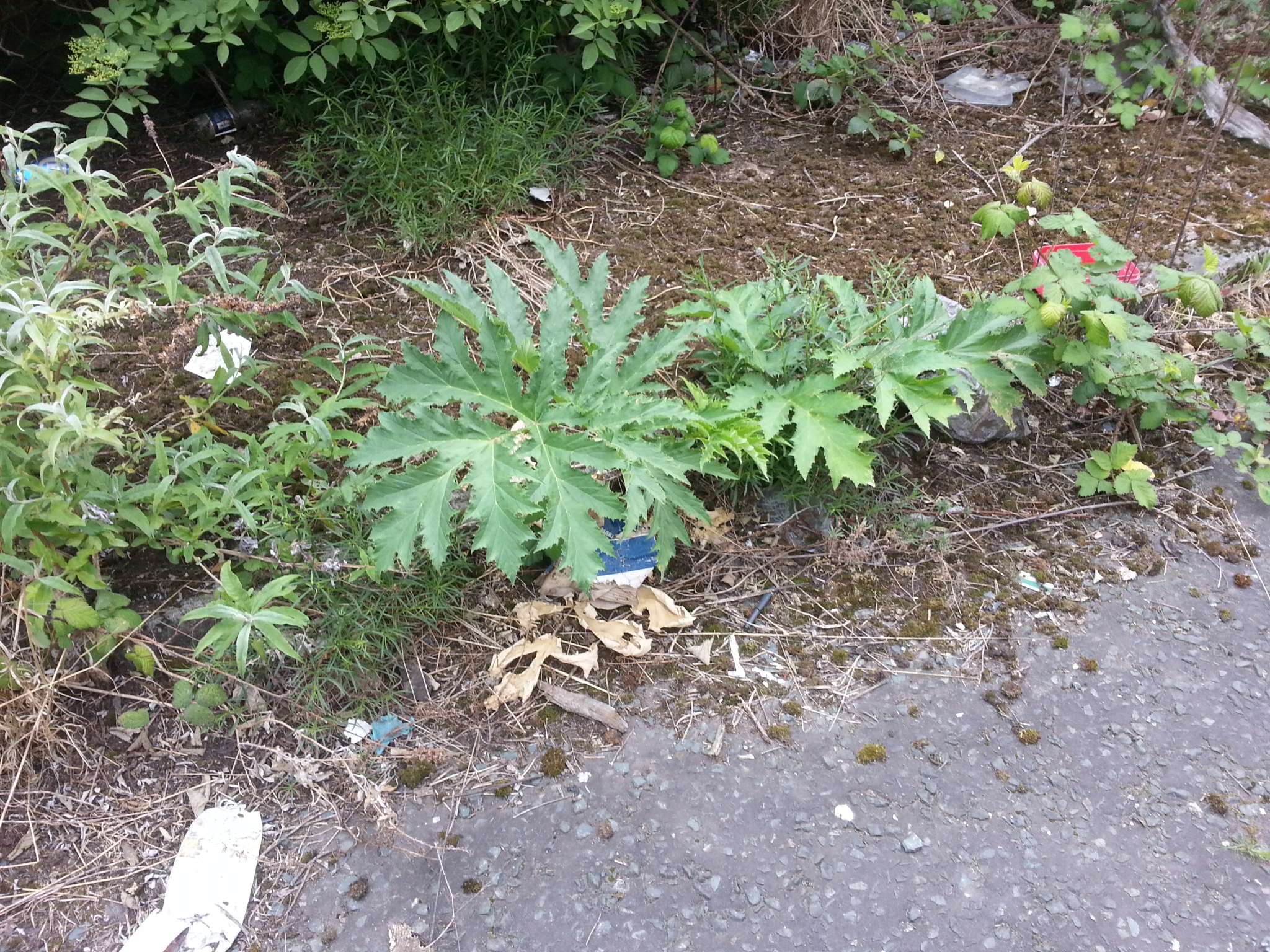Spring is the perfect time to take action against invasive weeds – Prepare, Don’t Procrastinate!
When it comes to invasive plants, early spring brings more than flowers and warmer weather. It’s the start of a critical period for identifying, monitoring, and planning control strategies – especially for landowners, homeowners, local authorities and developers facing the rising threat of invasive non-native species.
To help shed light on what action should be taken now, we turned to expert insight from Ben Lindley BSc (Hons), Sales and Marketing Director at Japanese Knotweed Ltd. Drawing from years of on-the-ground experience and nationwide data, Ben provided a wealth of knowledge around how invasive weeds behave in spring, and how best to respond.
Understanding Invasive Plant Growth Cycles
Invasive plants in the UK come in a variety of life cycles – some are annual, some biennial, and others perennial. Knowing which species emerge when is key to identifying and dealing with them effectively.
- Annuals, like Himalayan balsam, germinate from seed in spring, flower and die by the end of autumn.
- Biennials, such as Hemlock and Ragwort, spend their first year as low-growing rosettes before flowering in their second year.
- Perennials, like Japanese knotweed, return every year from deep root systems. Some are evergreen (e.g. many bamboos), while others die back in winter and erupt with vigorous growth in late spring.
Ben notes: “Spring is when many invasive species first become visible – but not always when you should start treatment. It’s about identifying and planning now, so you can take the right action at the right time.”

Which Invasive Weeds Are Active in Spring?
While Japanese knotweed isn’t fully emerged in March, many other species are already beginning to show.
- Himalayan balsam starts to germinate early in spring (March–April) and can grow rapidly to over 2 metres tall.
- Giant hogweed and Hemlock may retain leaves through mild winters and often begin to grow more visibly in early spring.
- Bamboo (depending on species) remains evergreen and can continue to spread unnoticed underground.
- Japanese knotweed begins emerging around April–May, first as reddish asparagus-like shoots and then rapidly growing into tall bamboo-like canes.
Ben explains: “Knotweed emerges with such varicosity in spring – it’s not a plant you miss. But even before new growth appears, surveyors can often spot it by last year’s dead stems or crown growths at ground level.”

Can You Treat Invasive Plants in Spring?
The short answer is – it depends on the plant.
Can be treated in spring:
- Giant hogweed, Hemlock, Himalayan balsam – ideally before they flower or set seed.
- Mature Japanese knotweed stands – may benefit from early suppression sprays (May–July).
Too early for full knotweed treatment: The most effective time to treat Japanese knotweed is after flowering (August) and before leaf fall (October–November).
Ben adds: “There are people who advocate for a single autumn spray per year – and they’re not wrong. But on larger stands, an additional early-season spray can help suppress growth and make later treatment easier.”
Why Act in Spring If You Can’t Treat Everything Yet?
While you may not be reaching for the herbicide just yet, spring is the time to get ahead of the problem:
- Spot new growth early
- Confirm identifications (send photos to ident@knotweed.co.uk)
- Book professional surveys
- Put treatment plans in place
- Protect neighbouring properties
Ben says: “Where Japanese knotweed is found on residential property, urgent action is advised. In rare but serious cases, it can cause structural damage. More commonly, it devalues property by affecting its amenity use.”

Excavation Isn’t Constrained by Seasons
Unlike herbicide treatment, excavation can be done year-round – as long as the invasive plant can be located.
- In spring and summer, active growth can help locate plants above ground.
- In winter, an expert eye can identify rhizomes, crowns, and stems.
- For seeding plants like Giant hogweed and Himalayan balsam, a buffer zone may be needed to account for dispersed seeds from the previous season.
Ben explains: “Excavation is often seen as the premium solution. It’s more costly, but provides immediate results. It’s especially useful when there’s no time to wait for multi-year herbicide programmes to work.”

How Fast Can Invasive Weeds Spread?
Invasive species are defined by their ability to spread rapidly and uncontrollably.
- Japanese knotweed spreads slowly in nature, but human disturbance accelerates the process. Even a fragment the size of a fingernail can regrow.
- Himalayan balsam, Giant hogweed, and Hemlock are prolific seeders, spreading quickly on their own and even faster when soil is disturbed.
Ben says: “Knotweed is a slow walker, but a fast runner when disturbed. That’s why construction and landscaping activities are such a risk if there’s contamination.”
Advice for Homeowners & Landowners
If you’ve just spotted something suspicious in your garden or field, don’t panic – but don’t ignore it either.
- Get it identified. Email a photo to ident@knotweed.co.uk
- Don’t cut it or dig it.
- Don’t compost it.
- Book a survey – especially if the plant is near a boundary.
Ben advises: “Where knotweed or other invasive species are near a boundary, take action. Allowing spread to neighbouring property could result in a private nuisance claim.”
Why Early Intervention Matters for Commercial Sites
Construction sites, developments, and managed estates can’t afford delays caused by invasive weeds.
- Start with a professional survey
- Fence off affected areas
- Develop a plan based on intended land use
Ben advises: “If invasive weeds are found on development land, you need to act immediately. Disturbing contaminated soil can dramatically increase the spread and costs.”
How Long Does Herbicide Take to Work?
While herbicide is cost-effective compared to excavation, it’s not a quick fix.
- 3–5 years is a typical window to achieve full control
- Early progress is possible, but resilient underground propagules may survive
- Some plants leave behind seed banks in the soil, meaning germination may continue
Ben says: “With herbicide, think long term. You’ll see gains quickly, but real control takes time – especially with large infestations.”
Conclusion:Spring is the Time to Prepare, Not Procrastinate
You might not be spraying Japanese knotweed this early in the year – but that doesn’t mean spring is quiet. It’s the season for identifying threats, building treatment plans, and setting yourself up for success.
Whether you’re managing a garden, an estate, or a future construction site – get ahead before the weeds do.
Want help identifying a suspicious plant?
Email a photo to: ident@knotweed.co.uk
Need a professional assessment?
Book a survey with Japanese Knotweed Ltd today.


